ECB Governing Council member Madis Müller said the central bank could already outline its interest rate expectations for the coming months at the June meeting. He added that the first step is to end asset purchases in early July, but “we could even discuss if we should end purchases a few weeks earlier.”
“The real issue is interest rate increases and we shouldn’t have much of a delay there either,” Müller added. “The recent data confirm that the monetary policy stance is not appropriate given where inflation is and given inflation expectations.”
“Even if we go by 25 basis point increments, we may get to a positive rate by the end of the year. For the time being, 25 basis points would be an appropriate increment.”
Separately, another Governing Council member Francois Villeroy de Galhau told France Inter radio today, “I think that from this summer onwards, the ECB will gradually raise its interest rates.” The Ukraine war provided a “negative shock” for the French economy. He added, “inflation is the principal concern of companies and citizens.”




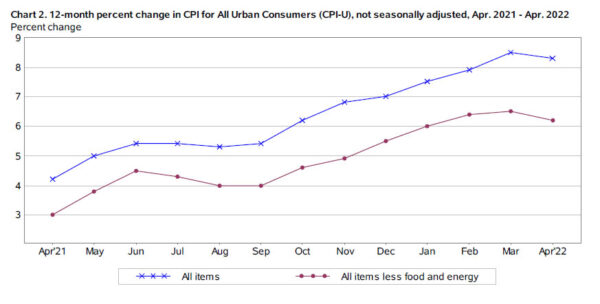
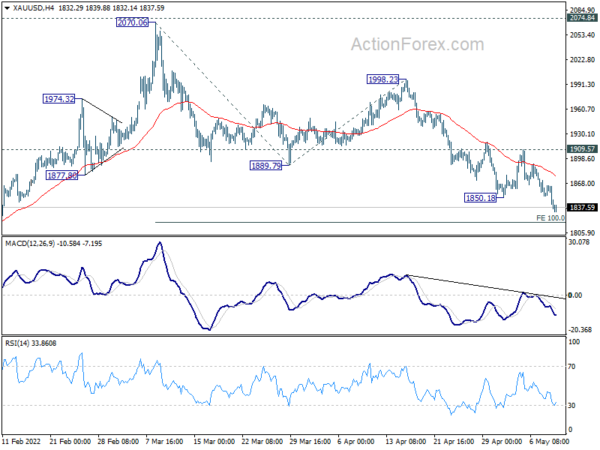
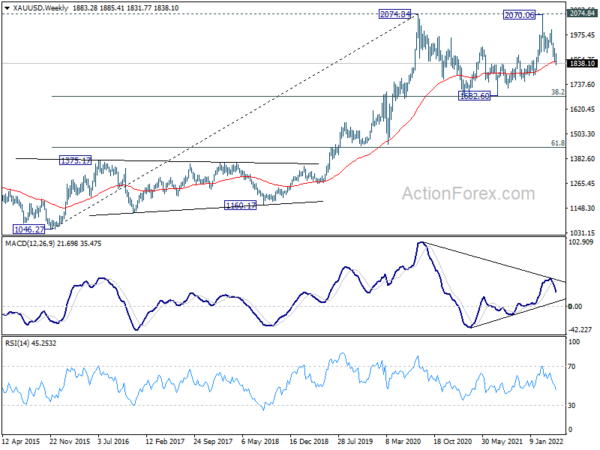
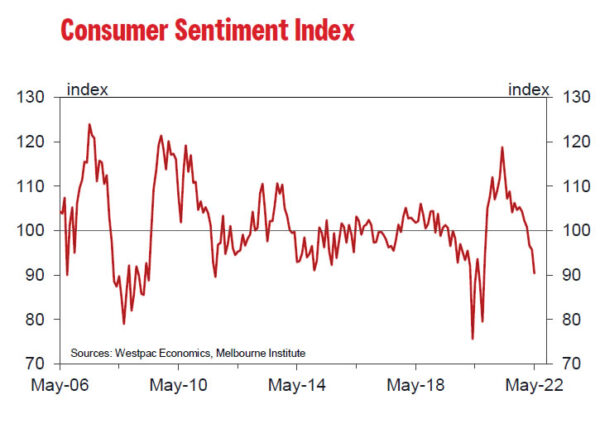
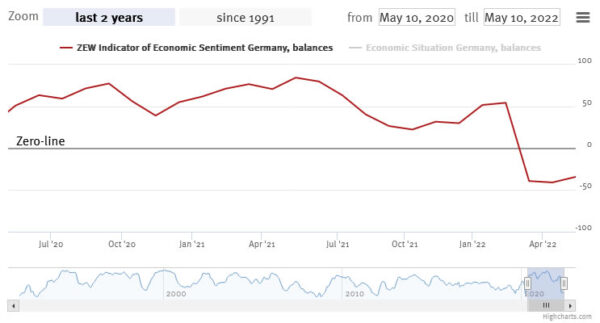
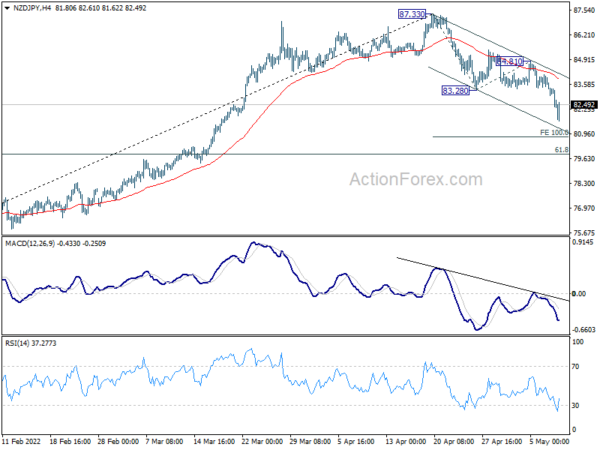
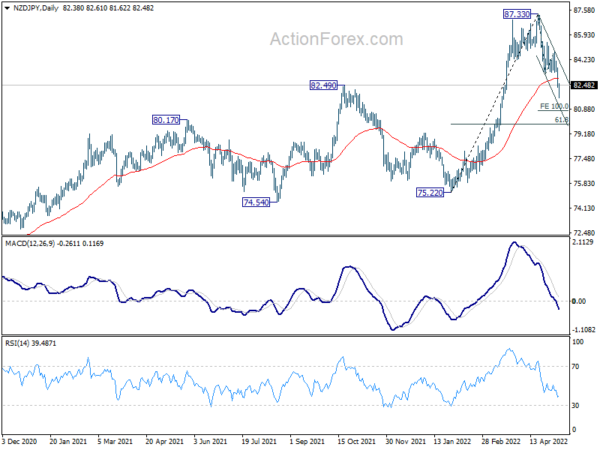
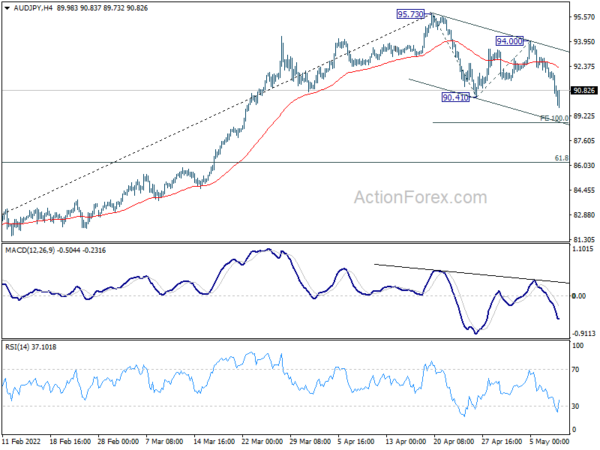
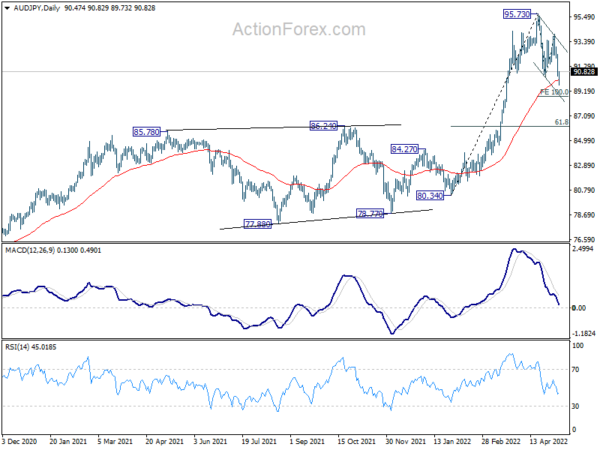
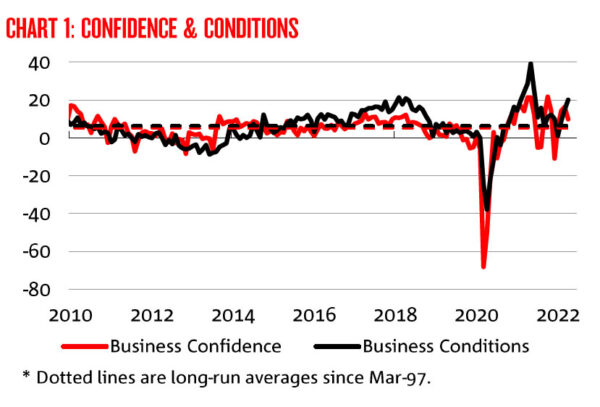
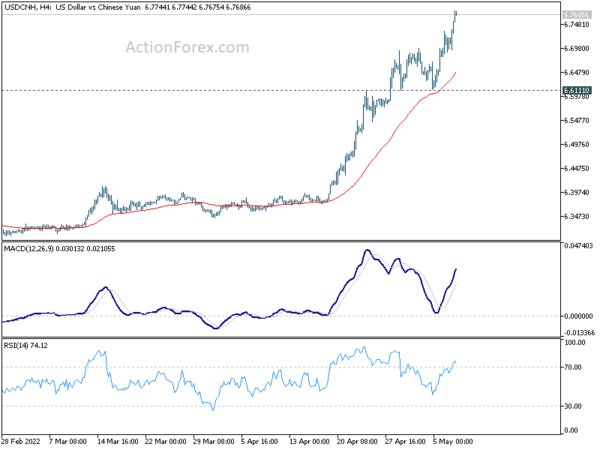
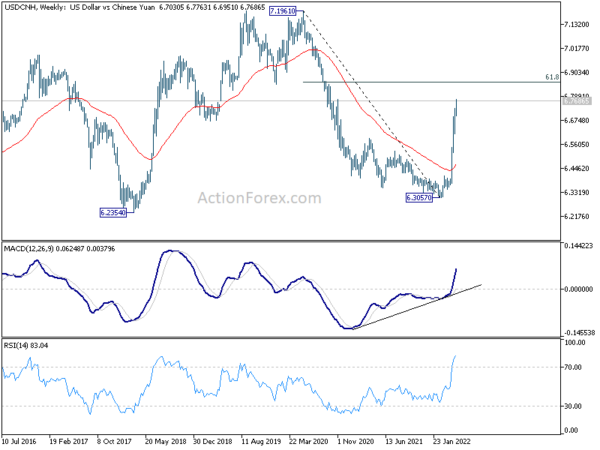

Fed Bostic: We are going to get our policy rate certainly to a neutral space
Atlanta Fed President Raphael Bostic said yesterday, “we are going to get our policy rate certainly to a neutral space where we are no longer providing accommodation. If inflation stays at high levels or levels that are too high — by too high, it’s really not moving back towards our 2% target — then I am going to be supporting moving more.”
“We moved our policy rate 25 basis points and the 30 year (mortgage) moved 2 percentage points. That is tremendous responsiveness,” Bostic also noted. “The moves that we have seen in rates and in yields are a sign that the markets still believe the Fed has credibility. They have said what we are going to do and they have priced in us doing them … That is an important dimension in the marketplace.”